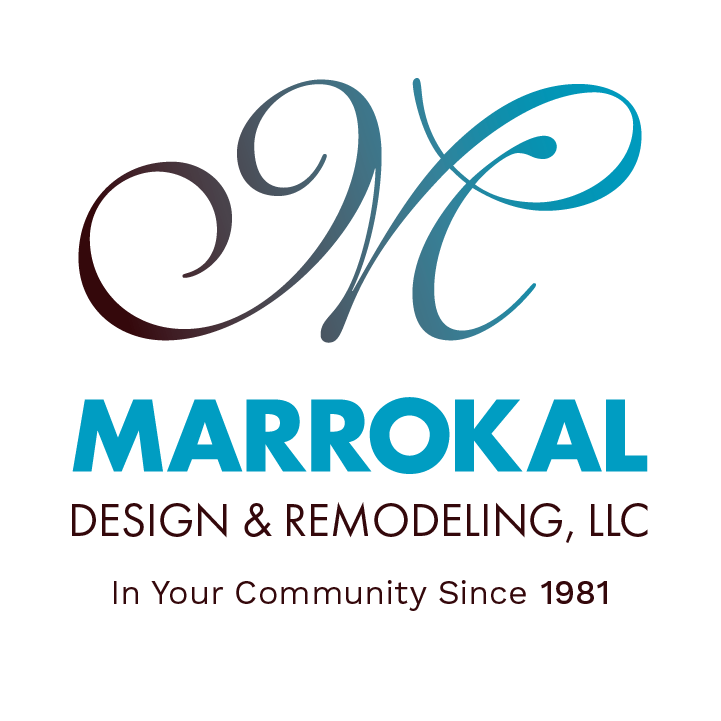ORGANIZE! To make the job easier and ensure your percentage of good ideas is as high as possible, you need a strategy to organize your information. Use a three-ring binder or expandable file folder. You must keep copies of all contracts, change orders, invoices, receipts, and permits. These will be invaluable if you have disputes with your contractors and when tax time comes around. Other sections to consider are ideas from magazines, quotes, contractor contact info, and so forth.
Don’t be afraid to play designer. Many “amateur” home designers come up with great ideas, and since you are living in your home day after day, you can have better ideas than the “pros.” So get out a pencil, make 100 copies of your current floor plan, and sketch out all the alternatives. It doesn’t matter how great or bad they are, experiment with alternatives. At this point it’s free, so enjoy!
But don’t get too wild and crazy. You are almost always better to stick with a traditional size and shape in a home, both for resale value and cost for your remodel. Having a kitchen on the second floor may strike you as a clever and unique solution, but if it means moving the gas, electrical wiring, and plumbing up to the second floor, this change will add significantly to the project costs.
Figure out what, if anything, you want to do yourself. Have he home remodeling contractors itemize their quotes to determine which phases of your project you might be able to do yourself and which ones you want to hire someone to do. Tasks you might consider doing include project management, demolition, rough electrical wiring, installation of cabinets, fixtures, and appliances, and finish work. Tasks you should probably leave to the pros include foundation work, framing, installing sheetrock, and installing breaker boxes and connecting your home to the electrical service.






